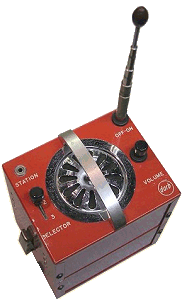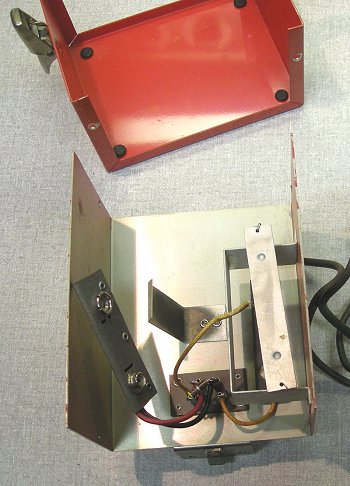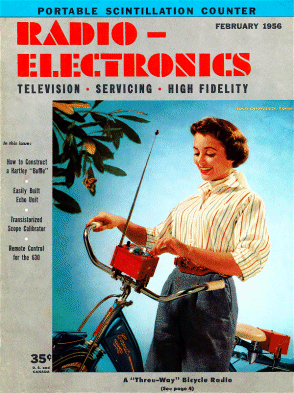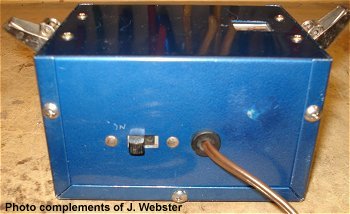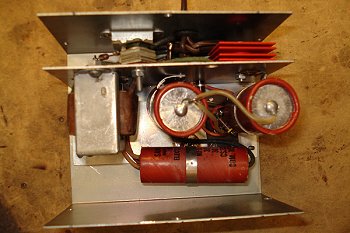|






























|
 |

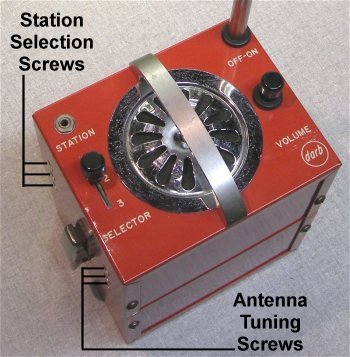 |
 |
The Darb radio only picked up three stations at a time.
It was equipped with a three position station selector on the left side of the top.
There were two sets of three tuning screws on the left hand side of the radio.
Using a small screwdriver, you tuned in a station on the left row and then tuned the antenna for maximum volume using the tuning screw to the right.
Original Instructions
The radio had a combination on/off volume control on the right side.
There was also an output connector on the top for headphone listening and an antenna adapter that could replace
the extendable antenna for hooking up a longer antenna wire.
The radio case was made from standard "Bud" boxes available through most electronic suppliers at the time.
The handle was a standard cabinet handle available at most hardware stores.
The next time you take a shower you might see the Darb speaker grill covering the drain in your tub.
Still if you were a kid in the 1950s, having the Darb radio on your bicycle was cool.
|
The Darb radio chassis was powered by two 1.5 volt (Eveready #950) and one 67.5 volt (Eveready #467) batteries.
It used four vacuum tubes: 1R5 converter, 1U4 IF amp, a 1U5 detector/amp, and a 3V4 output tube. The 3.5 inch speaker was 3.2 ohms.
Note that the tubes hung upside down and there does not appear to be anything to prevent them from eventually coming loose from the tube sockets.
Service Manual and Schematic (PDF file)
|
 |
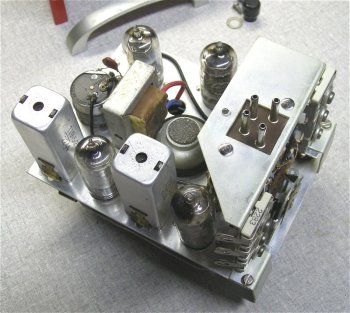
|
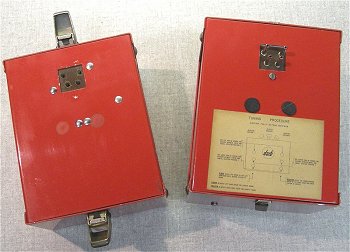 |
 |
If you lost the instruction booklet, the bottom of the radio also had a sticker with instructions on setting the stations and tuning the antenna. Photo
The battery pack mated directly with the radio using a four pin connector. A bracket for mounting the battery pack and radio to the handlebars was included.
|
| This optional mounting bracket set and wiring (right) allowed the radio to be mounted directly
on the handlebars and the
battery pack to be mounted on the rear carrier.
|
 |
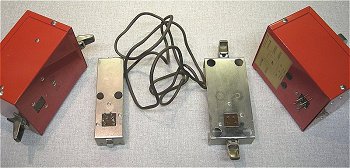
|

Bicycle Radios
|
|

